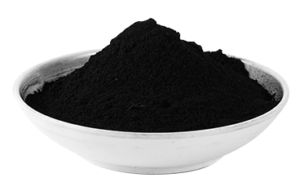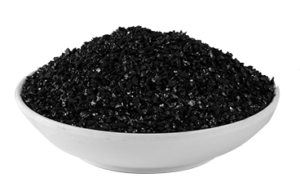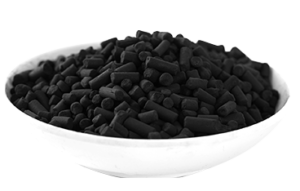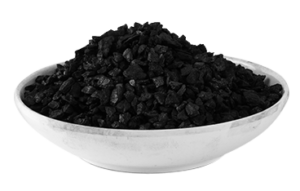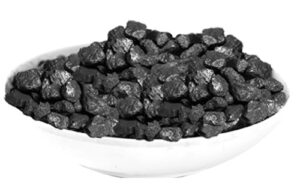The activated carbon has several properties one of which is being highly porous in nature. Carbon atoms are used to make the complex structure of activated carbon. The combination of rigid skeletons which is connected with chemical bonds in order to make a porous structure is known as activated carbon.
Activated carbon is not extracted from a single source. Rather, it has several sources such as soft woods, coconut shells, lignite coal, etc. Several ranges of activated carbons are used for different purpose. One of the wonderful uses of activated carbon is removal of the impurities from water. It is also used in sewage treatment. The form of carbon not only removes the organic impurities, rather it will also remove chlorine from water.
The toxic gases are also removed with the help of the activated carbon. This is very well utilized in greenhouses in order to remove the harmful air particles, dust particles, etc completely from the surroundings where the greeneries starts spouting.
Market Overview Of Activated Carbon
The demand of activated carbon is increasing in the market due to number of reasons. In the year 2016-2020 the demand for the product is not too high. But, it has increased to 9.3% in few years. It is also expected to give the business of $5,129 million by 2022.
The need of the activated carbon is increasing in water purification and treatment industry. Our environment is captured by the harmful pollutants. Thus, the application of activated carbon cans also contribution with the boost in industrialization and urbanization.
Projects Getting Profits From Activated Carbon
- Extraction of activated carbon from coconut shell
The amorphous form of carbon is named as activated carbon. This gives rise to highly developed porous structure which also comes with a big internal surface area. The feature of absorbing gases and vapours comes from pore structure of the activated carbon. Yes, the shell of coconut is widely used to extract the activated carbon. This in turn helps in making sugar refined, produces electrodes and purifies water.
- Bamboo for activated carbon
Can you imagine that activated carbon can also remain in bamboo? Being the non graphite form of carbon, the activated carbon has the microcrystalline nature. Bamboo is used to extract the activated carbon for the need of solvent extraction, manufacture rayon in fabric industry, chemical treatment, water treatment, etc.
- Activated carbon from saw dust
Carbon itself is widely used in various industries and factories. But, that carbon that has higher absorption capacities as compared to wood or charcoal is the activated charcoal. You can get the activated carbons in many forms. Some of them are in the form of pellets, fine powder as well as granules. The saw dust is one of the main sources of activated carbon.
- Activated carbon from jute sticks
The activated carbon is extracted from the several carbonaceous particles. One of them is jute sticks. The natural extracts can give you a wonderful form of activated carbon. There will be no addition of the bonding agents.
Thus, the prospect of activated carbon is quite high in market. The uses of the product are diverse along with the ease of production. Just with the natural resources that are getting wasted such as coconut shell, saw dust, etc, activated carbon can be manufactured.

